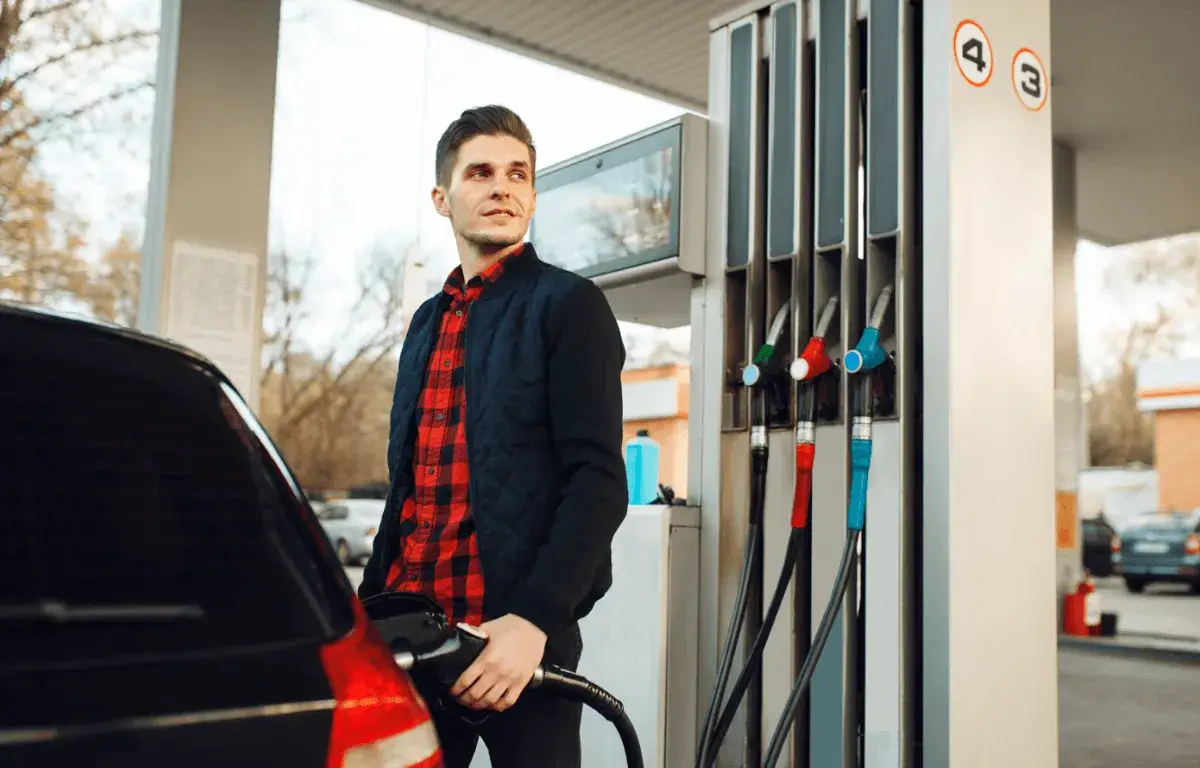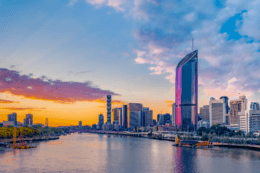
New data from Compare the Market shows that Australian drivers are paying nearly 200% more for fuel now than they were last September.
In September 2021, the average weekly spend on petrol in Australia was $25.51 – but it increased to $44.45 in June this year and soared to $75.56 in October. This price rise coincides with people returning to commuting more, after many Aussies worked from home regularly in September last year or were subject to lockdowns.
That means Australians are forking out around $50 more per week at the bowser now than they were last year – a worrying trend given that the cost of living is increasing across the board. That’s a jump of 196.19%.
Compare the Market’s latest survey of 1,009 Aussies found drivers in Queensland are paying more at the pump now, forking out an average of $56.68 more than last September. Meanwhile, New South Wales motorists have seen their weekly spend spike by $49, while Victorians have seen their prices accelerate by $47.78.
| Average weekly spend on petrol September 2021 | Average weekly spend on petrol June 2022 | Average weekly spend on petrol October 2022 | Percentage increase since June | |
| Nationwide | $25.51 | $44.45 | $75.56 | ^69% |
| SA | $28.17 | $42.82 | $68.40 | ^59% |
| NSW | $26.19 | $45.77 | $75.19 | ^64% |
| QLD | $28.47 | $43.55 | $85.15 | ^95% |
| VIC | $25.75 | $44.82 | $73.53 | ^64% |
Source: Compare the Market’s October survey of 1,009 people, conducted by Pure Profile.
The average price of U91 fuel in Australia is currently $2.04/litre. Compare the Market’s Chris Ford warns that prices above $2 a litre could be around for quite some time – adding pressure to families who are already struggling.
“Australians became accustomed to lower fuel prices earlier this year, however, the temporary halving of the fuel excise ended in September and we’re now beginning to feel the pinch as fuel retailers pass their higher costs onto customers,” Mr Ford explains.
“Similarly, the Organization of the Petroleum Exporting Countries’ (OPEC) decision to cut oil production is impacting the price we’re facing at the bowser. While demand for oil isn’t as high as it was earlier this year due to fuel shortages, supply chain issues and the war in Ukraine, we’re still going to feel the pinch as crude prices climb.”
Our survey results also found that nearly half of Australian motorists (48.1%) are driving less due to soaring prices. One in five drivers is taking fewer trips, while 10.1% of people are staying home to avoid the drive to and from work.
Meanwhile, the data also show that:
- 16% of motorists say they’ve switched to other modes of transport to lower costs
- 7% are considering a switch to electric vehicles
- 9% are contemplating switching to a smaller or more fuel-efficient car
And, 39.9% of drivers admit to cutting back on purchasing fuel within the last three months to afford their bills amid the worsening cost-of-living crisis. Mr Ford says while prices are increasing, now’s the time to ensure you’re getting the most bang for your buck when filling up the tank.
“Just as the major supermarkets can set their own prices for groceries, fuel stations can do the same,” Mr Ford says. “Even though we’re seeing prices hover above that painful $2 mark, some retailers will still offer prices well below the average. Doing some research before you fill up can save you significantly.”
You may pay more for fuel in locations where there’s higher demand or in areas where there’s not as much competition. However, some retailers opt to take a smaller margin at the bowser against their wholesale cost to increase traffic to their site.
Mr Ford says it’s vital to save on fuel where you can.
“Apps like Compare the Market’s Simples Fuel App are one of the best ways you can easily compare fuel prices and look for a better price near you,” Mr Ford says. “You might be able to locate a better deal by driving just a few minutes down the road or you could discover the station you always visit is ripping you off.
“Also pay careful attention to the fuel discounts available through your supermarket’s rewards programs, any offers you can utilise through roadside assistance programs and if you can redeem a shopping discount for a lower price at the bowser.
“Now’s the time to take the driver’s seat and pay less for fuel – especially as we head into one of the most expensive times of the year.”
For more information, please contact:
Chris Ford | 0411 560 116 | [email protected]
Phillip Portman | 0437 384 471 | [email protected]
Compare the Market is a comparison service that takes the hard work out of shopping around. We make it Simples for Australians to quickly and easily compare and buy insurance, energy and travel products from a range of providers. Our easy-to-use comparison tool helps you look for a range of products that may suit your needs and benefit your back pocket.








